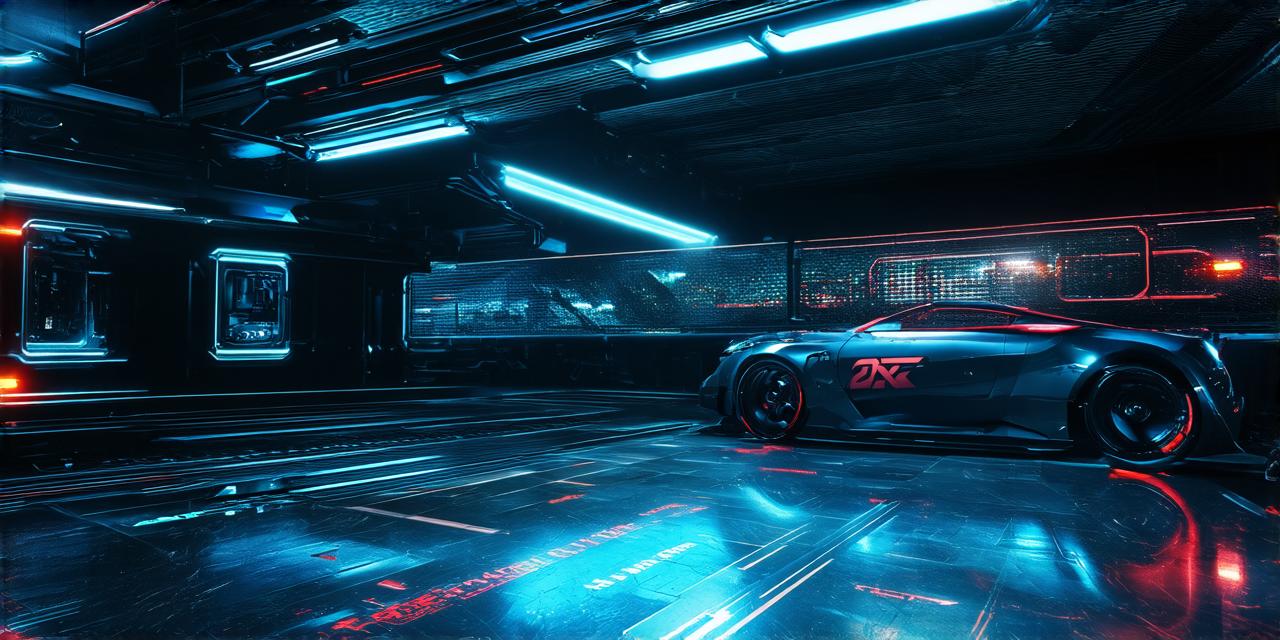Unreal Engine is a real-time 3D creation tool that has been around for over two decades. Since its inception, it has evolved into a powerful and versatile platform capable of creating everything from simple games to complex virtual reality experiences.
Early Beginnings
Unreal Engine was first released in 1998 by Epic Games as a game engine for Windows PCs. At the time, it was a simple tool with limited capabilities, but it quickly gained popularity among developers due to its ease of use and flexibility.
Increasing Capabilities
As the years passed, Unreal Engine continued to evolve and improve. In 2004, it was released as version 2.5, which included a number of new features and improvements, such as support for consoles and mobile devices. This helped to expand the platform’s capabilities beyond just games and into other areas such as virtual reality, augmented reality, and interactive advertising.
In 2013, Unreal Engine was released as version 4, which included even more features and improvements, including support for physically based rendering, dynamic lighting, and advanced animation tools. This made it easier than ever for developers to create realistic and immersive experiences, whether they were building games, virtual reality environments, or other types of interactive content.
In 2016, Unreal Engine was released as version 4.2, which included even more improvements and new features, such as support for VR headsets like Oculus Rift and HTC Vive, and integration with other popular tools like Maya and Cinema 4D. This helped to make it easier than ever for developers to create content for virtual reality and other emerging technologies.
Today, Unreal Engine is used by a wide range of developers and creators around the world. From small indie studios to large corporations, it has become one of the most popular and versatile tools available for creating 3D content. With ongoing development and support from Epic Games, it is likely that Unreal Engine will continue to evolve and improve in the years come, helping developers to push the boundaries of what is possible in the world of 3D creation.
